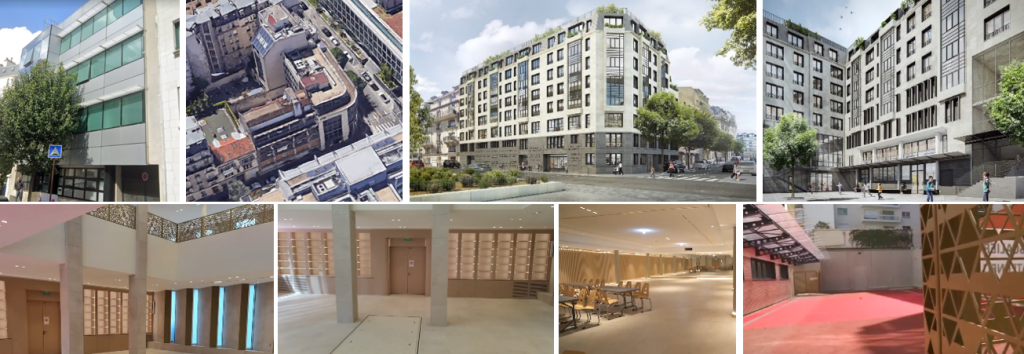
Parshat Tsav (צו – prescribe), Leviticus 6, 1 – 8, 36.
G‑d details the function of each offering, then asks Moses to teach the cohanim the rules for eating the offerings and the rules for serving the sanctuary.
For Shabbat Ha-Gadol the Haftarah is read in Malachi (3, 3 to 24).
Malachi 3, 22
זִכְרוּ תּוֹרַת מֹשֶׁה עַבְדִּי אֲשֶׁר צִוִּיתִי אוֹתוֹ בְחֹרֵב עַל-כָּל-יִשְׂרָאֵל חֻקִּים וּמִשְׁפָּטִים
Remember the Law of Moses my servant, to whom I served at Horeb statutes and ordinances for all Israel.
The Maran1, is one of the greatest Jewish halakhic decision makers. Between 1523 and 1536, he lived in Nikopol in Bulgaria, where he established the synagogue and the yeshiva “Beith Yosseph”2. It was there that he wrote most of his work Beith Yossef3 (1522-1562).
1 Rabbi Yosef ben Ephraim Karo Zatsa”l was born in 1488 in Toledo and died on the eve of Passover, April 3, 1575 (13 Nissan 5335) in Tfsat. נסמך (Matayim Rabanim Nismakh = recognized by 200 imminent rabbis).
2 Destroyed by the Germans in 1941.
3 The Beit Yossef (בית יוסף – House of Joseph) is a code of law that deals with the practical aspects of Jewish life. At the end of his life, he will make a more accessible summary of it in the שולחן ערוך (Shouhan Arukh – laid table).



